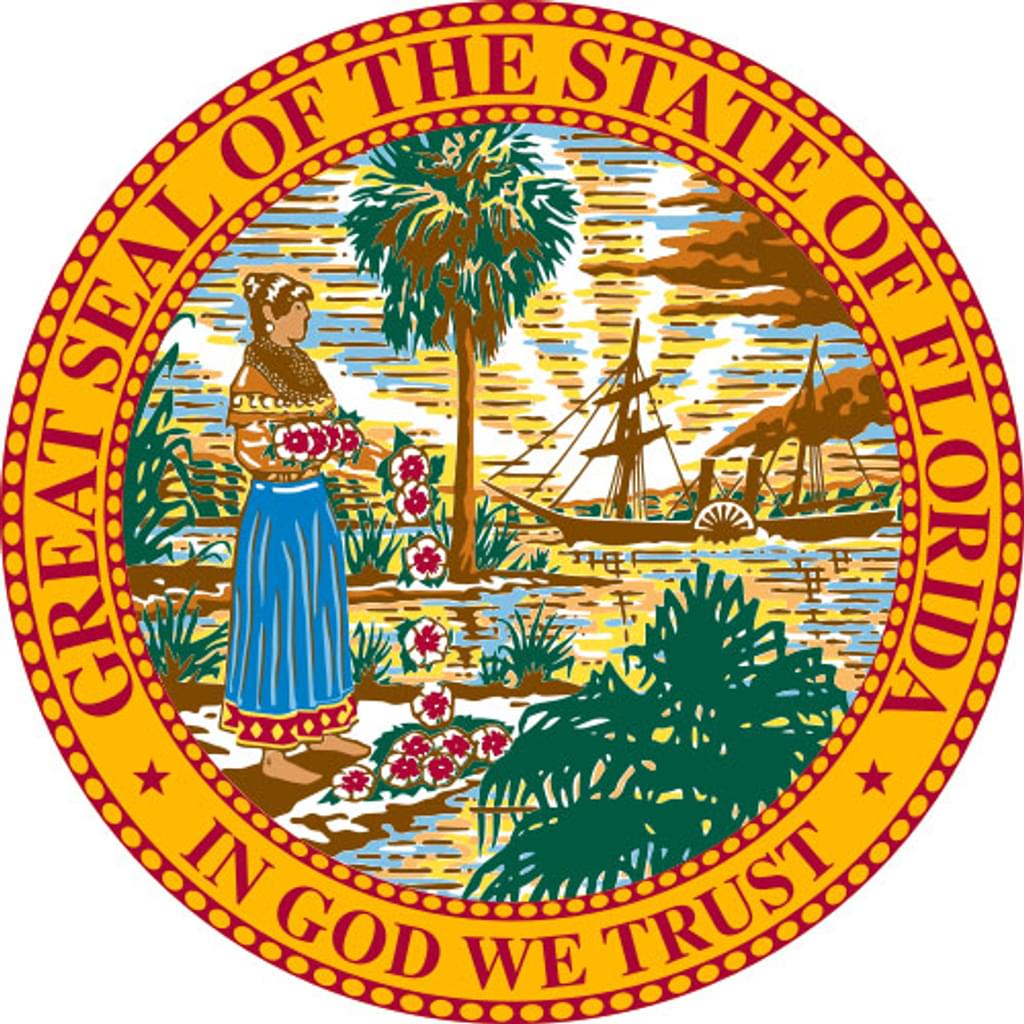
The number of prisoners on Florida’s death row is now lower than it was on June 30, 2005, as the pace of death sentencing slows and courts reverse the unconstitutional non-unanimous death sentences by which numerous capital defendants had been condemned. Applying the U.S. Supreme Court’s 2014 ruling in Hurst v. Florida and subsequent Florida Supreme Court decisions in Hurst v. State and Perry v. State, state courts declared unconstitutional Florida’s practice of permitting trial judges to impose death sentences after sentencing juries had not reached a unanimous agreement that death was the appropriate punishment. As a result, death sentences have been vacated in nearly 100 cases, and additional cases are working their way through Florida’s court system. So far this year, 15 people have been removed from Florida’s death row, and a 16th died after having his death sentence vacated under Hurst, while being transfered to a court hearing. The declining population on death row is not being replaced with new death sentences; the state’s last death sentence was handed down in June 2016 and more than 3/4ths of death sentences imposed in the previous five years had involved non-unanimous jury votes for death. As a result, the number of prisoners housed on Florida’s death row has fallen from 383 at the beginning of 2017, to 367—slightly lower than the 369 people who were on death row in 2005. Even more prisoners are expected to be removed from death row, as many of those whose death sentences have been invalidated are resentenced to life. (The Department of Corrections death-row roster only removes a prisoner from its list if the prisoner dies, receives clemency, is exonerated, or is resentenced to something other than death.) A DPIC review of Florida capital cases indicates that, through July 13, Florida courts have issued decisions involving Hurst in at least 119 cases. Those decisions have resulted in the vacation of 99 death sentences. To date, the counties most affected by the Hurst rulings have been: Duval (15 sentences); Orange (9 sentences); and Broward (9 sentences). In Duval County, 14 of the 15 death sentences reviewed (93.33%) have been vacated; in Orange County, all 9 death sentences reviewed have been vacated; and in Broward county, 7 of the 9 death sentences reviewed (77.78%) have been vacated. DPIC, in conjunction with researcher and professor Michael Radelet, has also identified at least 149 prisoners who are expected to obtain relief under the Florida court’s current interpretation of Hurst, and is tracking what happens to those cases on resentencing. Former Florida Supreme Court Chief Justice Gerald Kogan said the resentencing hearings will present difficulties for the state’s legal system: “That’s not an easy thing to go back and dig up all of this evidence and especially to dig up all the witnesses,” for a new sentencing hearing. “We have been very, very negligent in the state of Florida in handling these types of cases,” he said.
The denial of a new sentencing hearing does not mean that a death-row prisoner was constitutionally sentenced to death. The Florida Supreme Court ruled in the case of Mark Asay that it would not apply its ruling in Hurst to cases that had completed the direct appeal process prior to June 2002. Asay, who did not have a unanimous jury recommendation for death, faces an August 24 execution date.
(S. Bousquet, “Florida’s death row population lower today than it was in 2005,” Tampa Bay Times, June 29, 2017; J. Lucas, “Former Florida Chief Justice says Death Penalty Process faces Chaos,” The Capitolist, June 27, 2017.) See Sentencing; see DPIC Hurst v. Florida Background.
Florida
Dec 18, 2023




